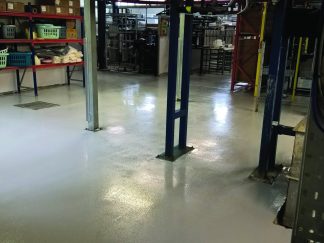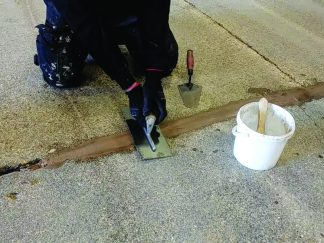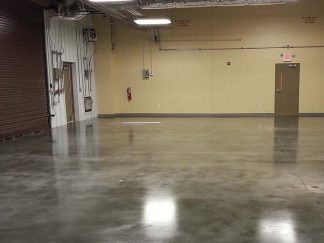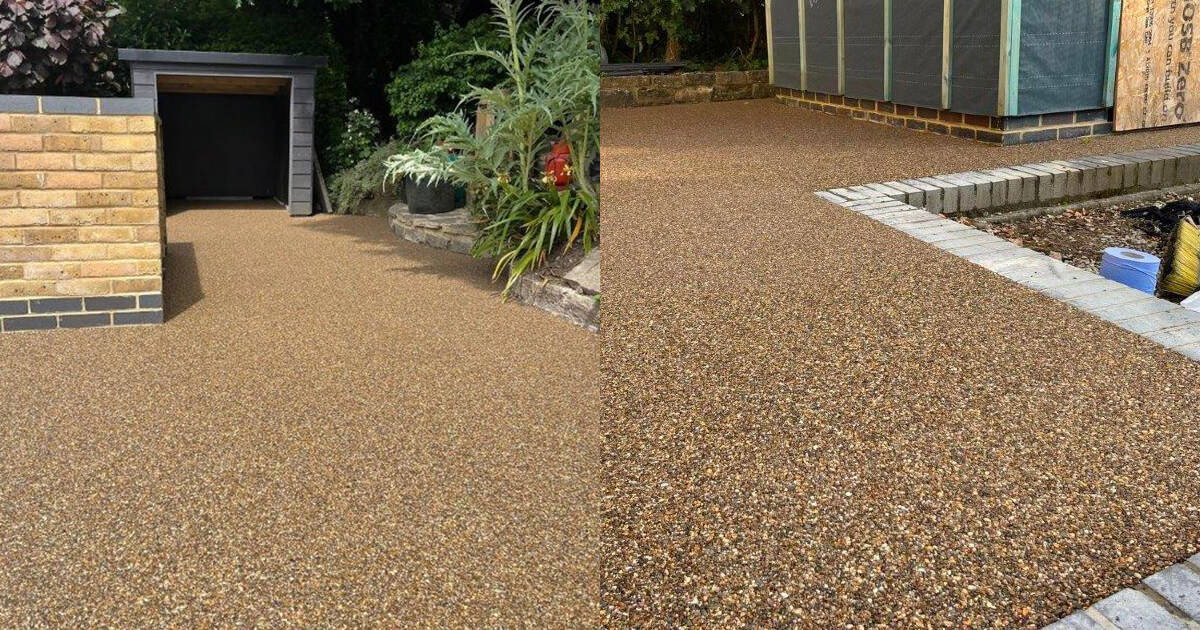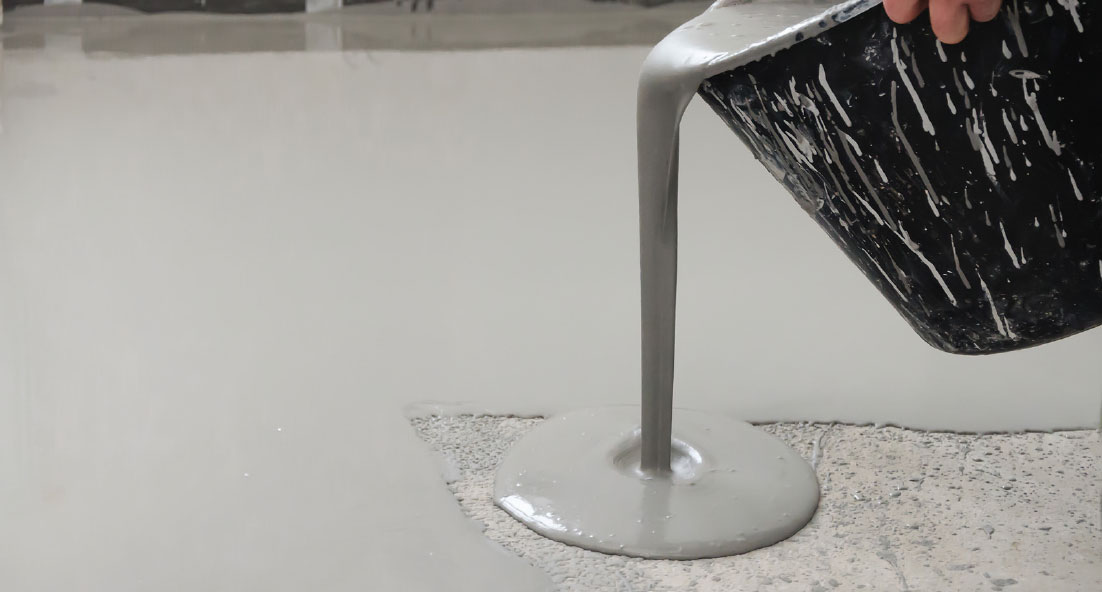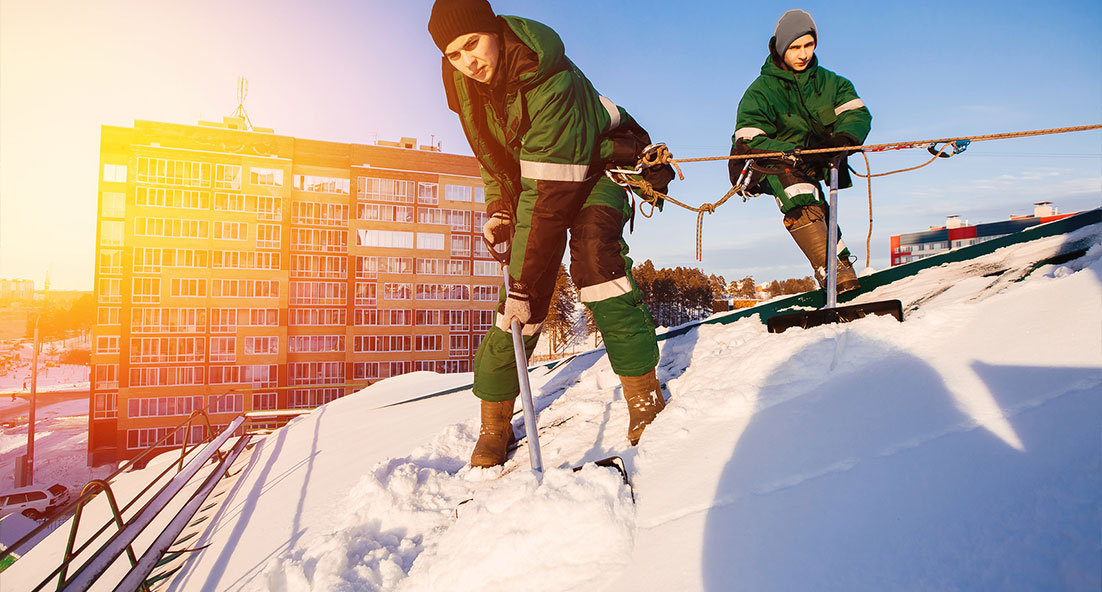Cretex CR is an incredibly strong, easily applied twin pack mortar, that can be mixed to a trowellable or pourable consistency making it suitable for almost any repair.
The slight flexibility of Cretex CR, combined with exceptional toughness, has the added advantage of withstanding movement or vibration.
Coverage: 10kg – 1 sq.m. @ 5mm
Pot life:10-15 mins @ 20oC
Application temperature:5oC – 25oC
Curing temperature will be greatly extended below 15oC
Curing Time (10mm @ 20oC):Light foot traffic: 4-5 hours
Light forklift traffic: 6 hours
Number of parts supplied:3
Priming required:Not usually, however very dry or porous surfaces should be primed with Cretex® CR Primer
Please consult the technical data sheet for full technical product data.
Preparation:
Thorough substrate preparation is essential.
Remove all loose material – wire brushing is advisable. Sweep clean or vacuum. The surface must be free from grease, oil or other contamination. A gas torch will help to remove oil from the surface.
Priming:
Cretex CR will bond to most concrete surfaces (including slightly damp, but not wet), without the need for priming. However, very dry, porous surfaces will need priming with Cretex CR Primer.
Mixing:
Having prepared the substrate, add hardener Part ‘B’ to resin Part ‘A’ and mix thoroughly for at least one minute. For best results use a heavy duty slow speed drill with a mixing paddle.Ensure thorough mixing as an unmixed product will result in a poor or non-cure situation.
Pour the mixed liquid into a large plastic bucket and gradually add the filler Part ‘C’, continuing to mix until an even consistency is achieved at the desired thickness:For a trowellable mix – add the entire quantity of filler Part ‘C’.For a pourable mix – add HALF the quantity of filler Part ‘C’. This will produce a grout-like consistency ideal for pouring into smaller repairs.
Application:
Apply the material immediately after mixing, using a trowel or float. Cretex CR may be applied at 2mm minimum.For supporting vertical repairs – where step nosings or expansion joint edges have broken away, the vertical face of the repair material should be supported to prevent slumping.Suitable sized wooden shuttering should be covered with polythene to reduce adhesion, and should be removed as soon as the material is firm.
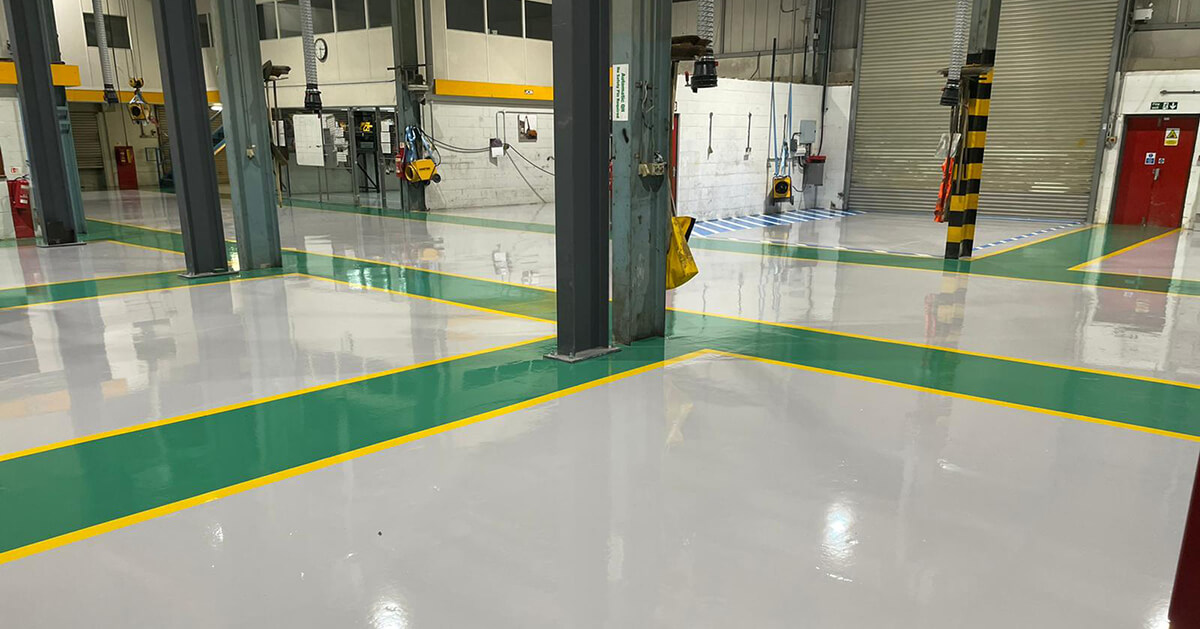
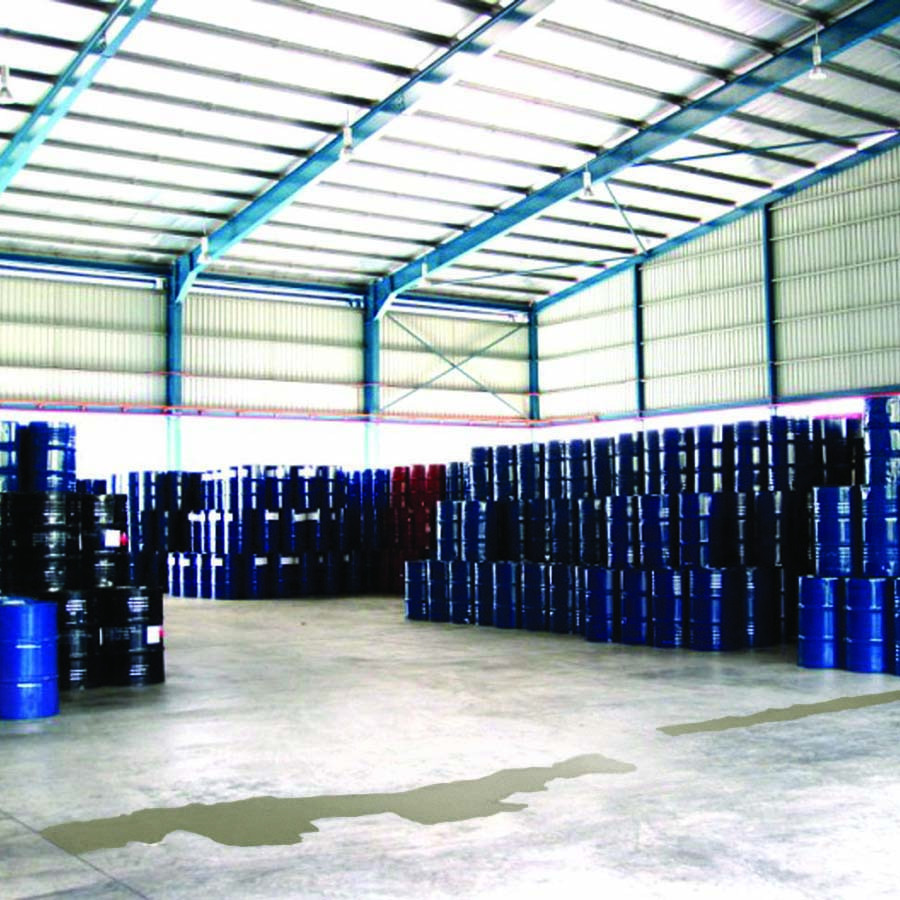


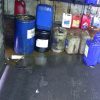
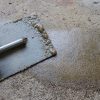


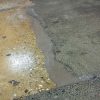



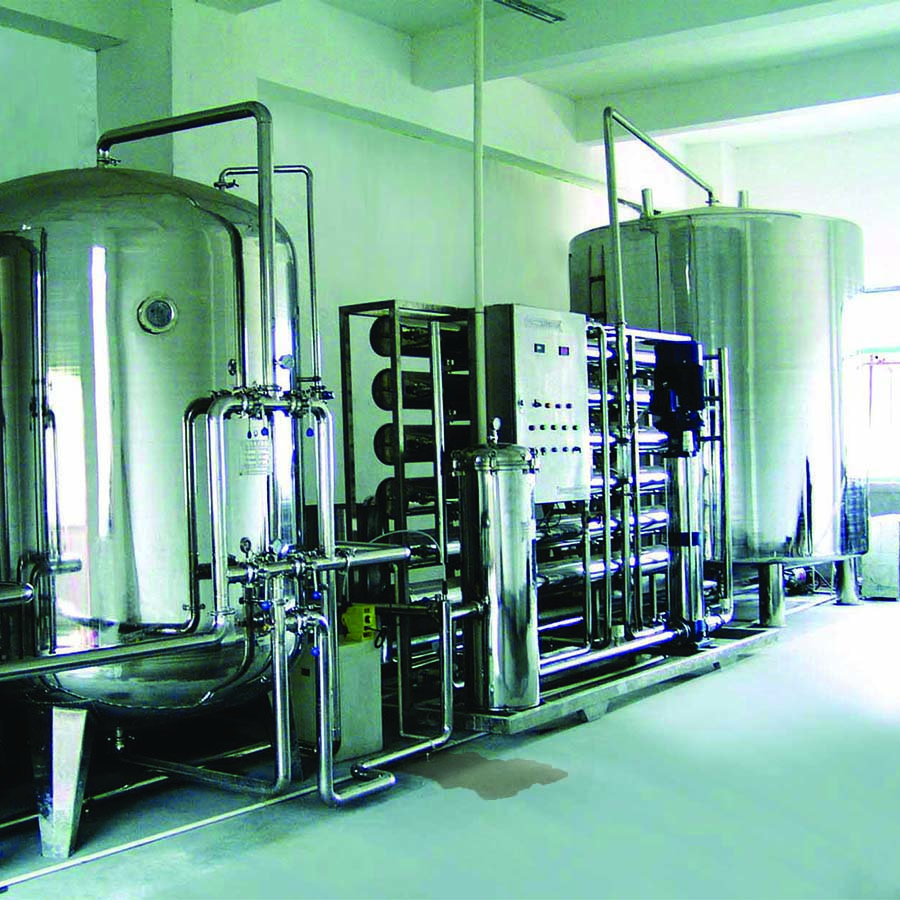
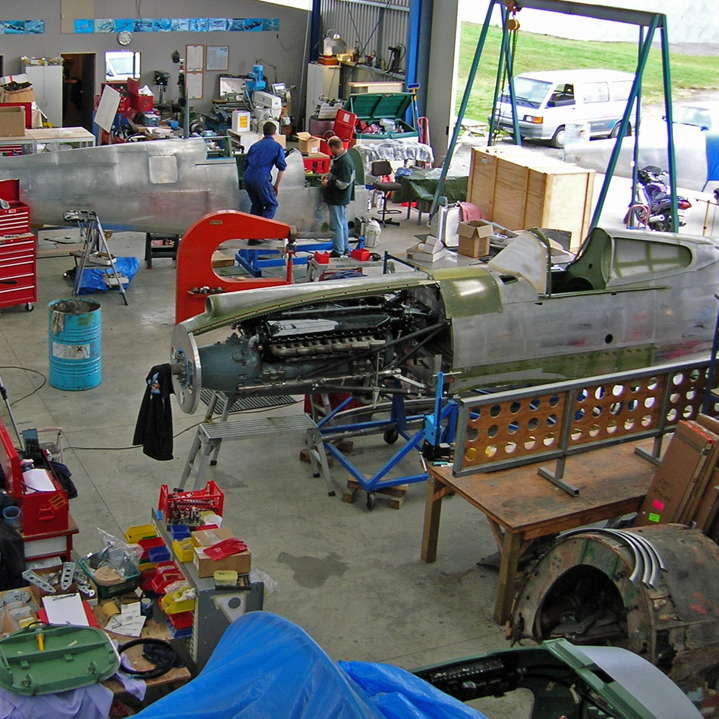


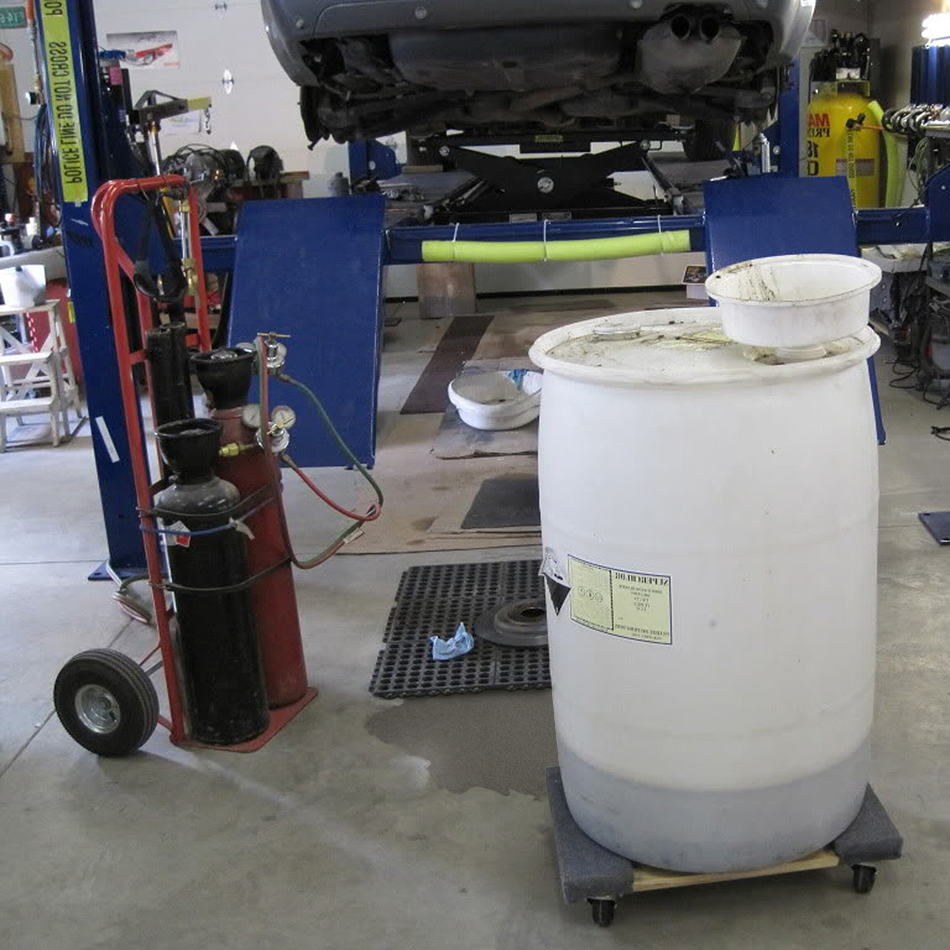

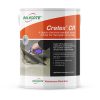
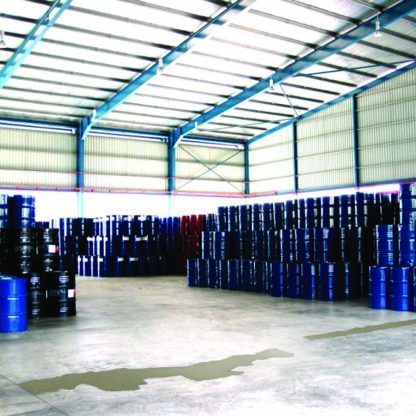
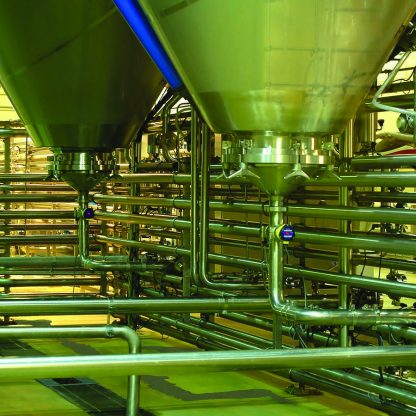

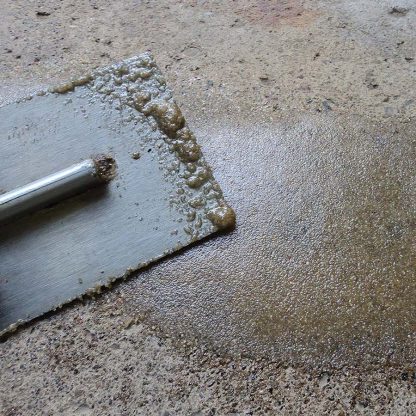
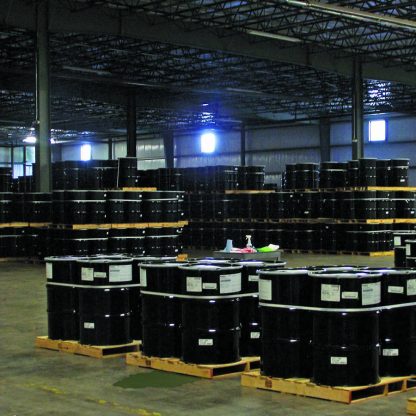
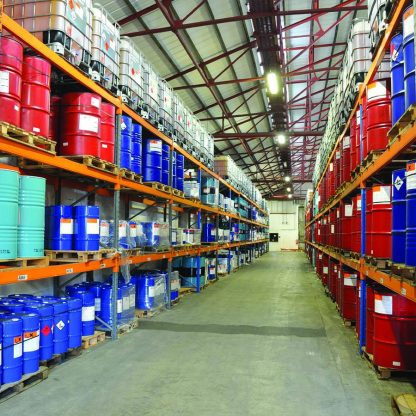
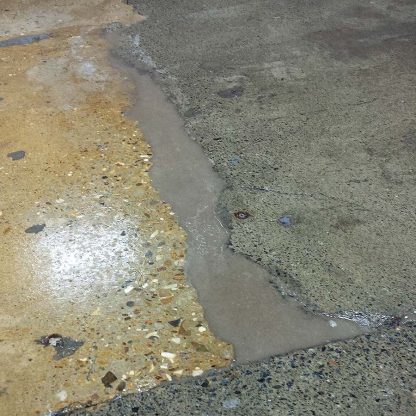
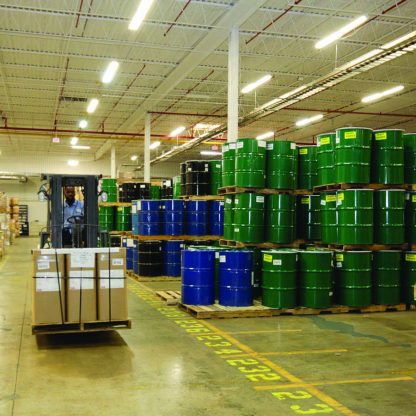
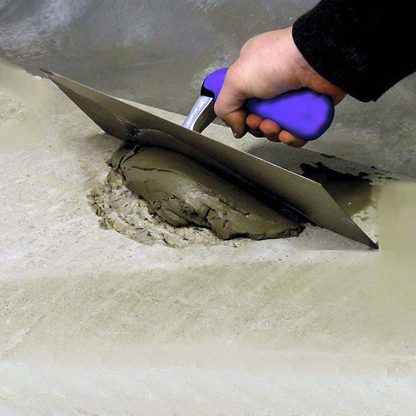
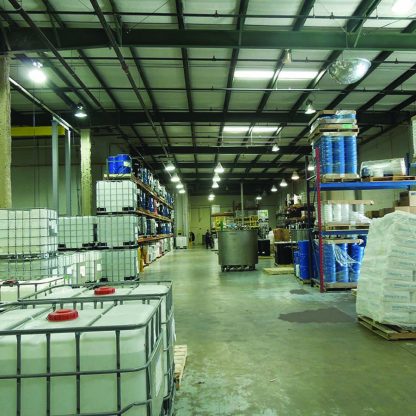
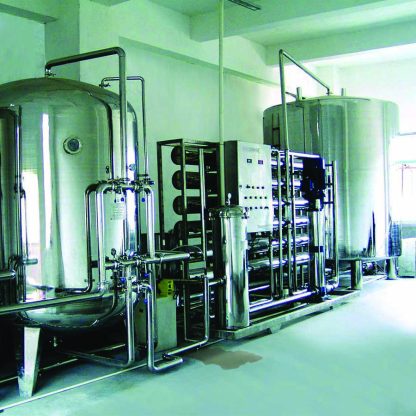

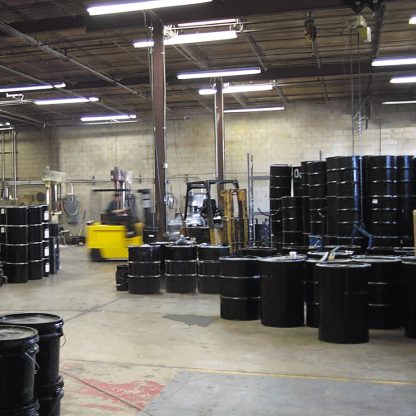
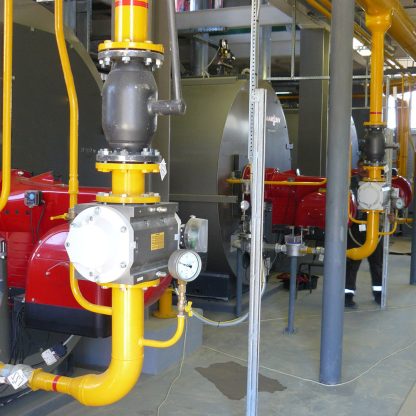

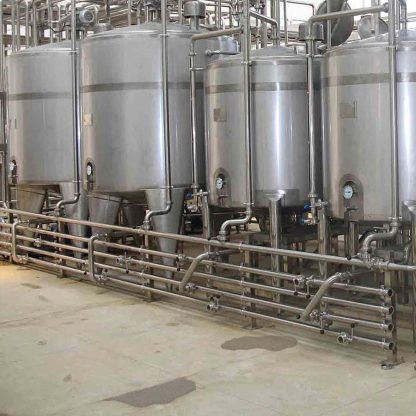
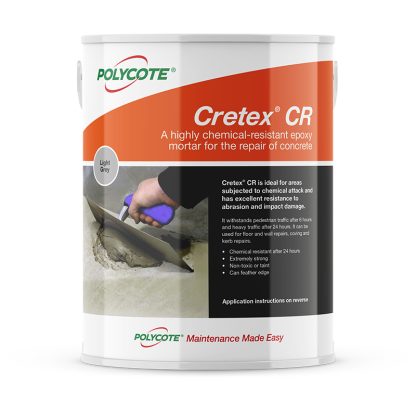

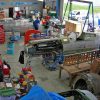



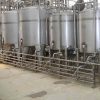
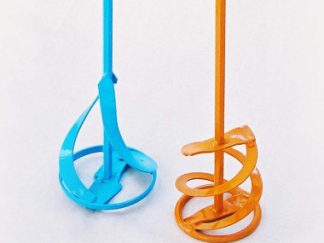
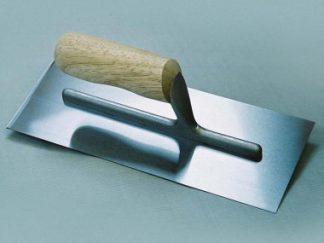
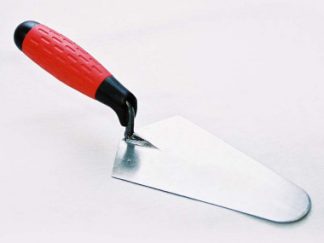
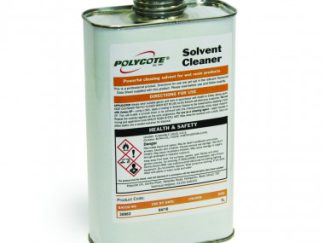
 Technical Data Sheet
Technical Data Sheet 